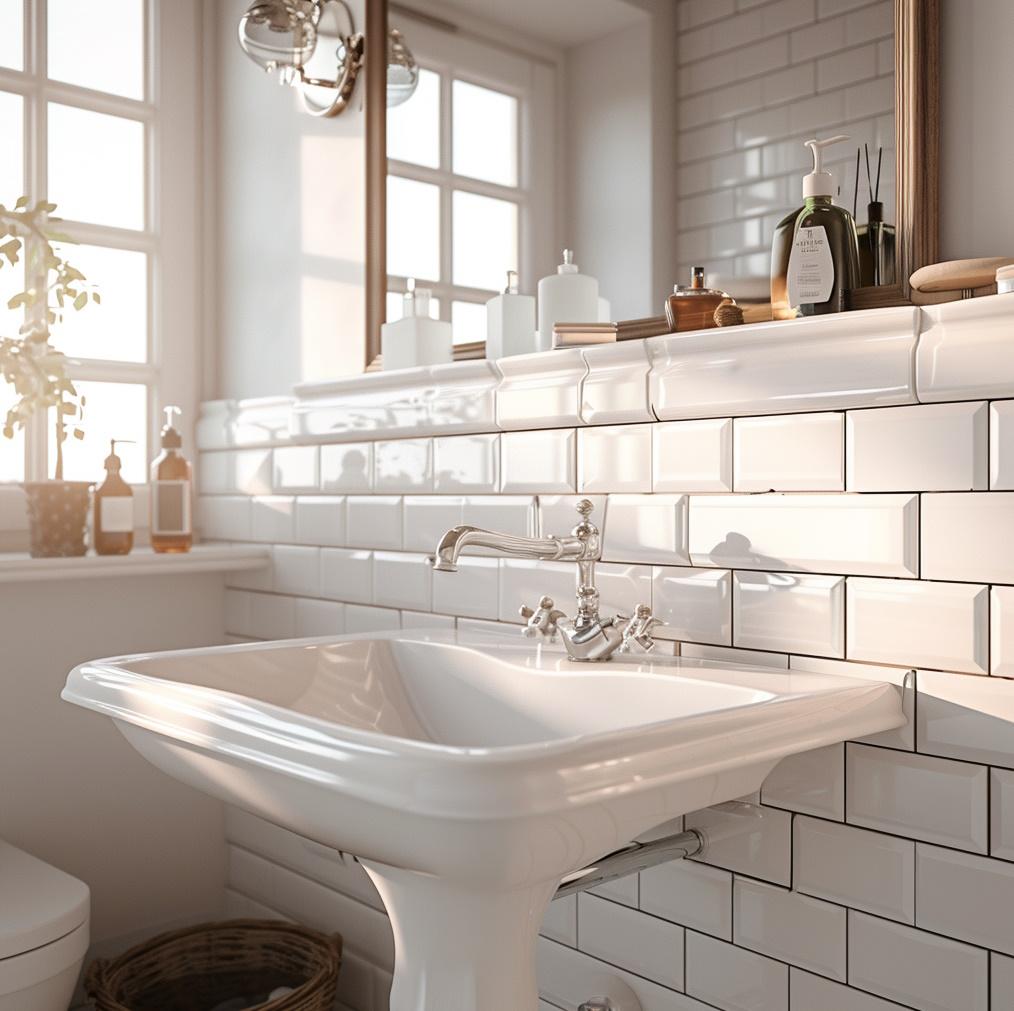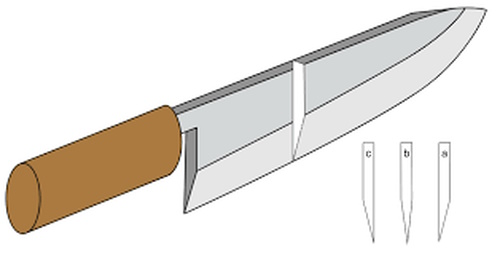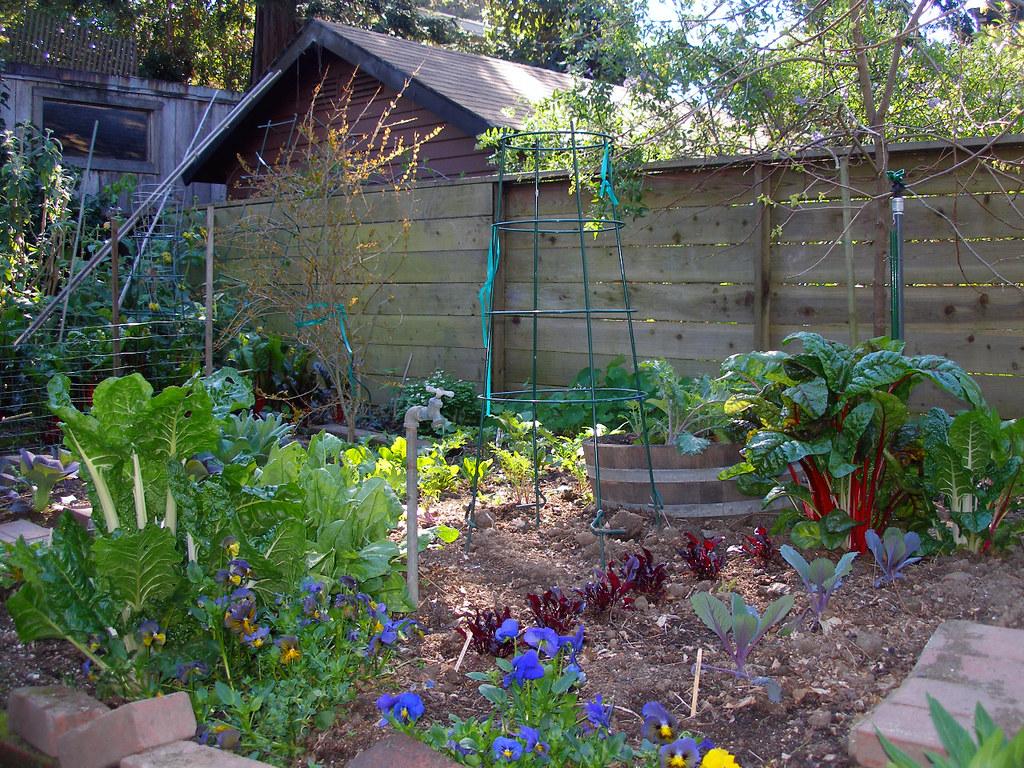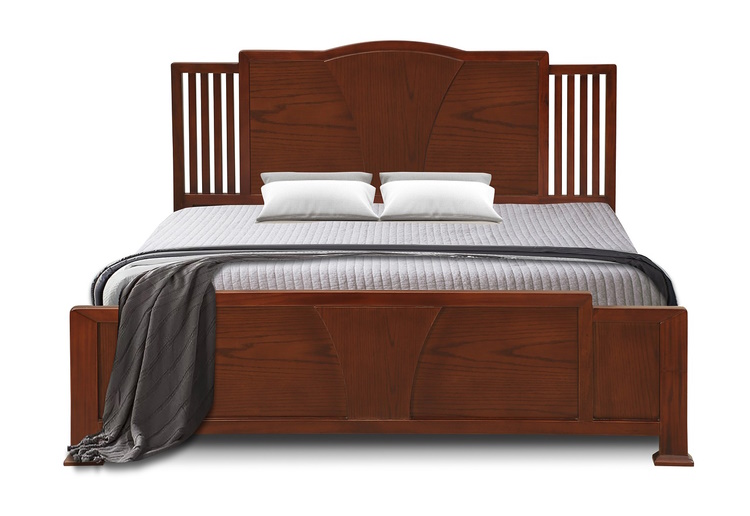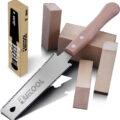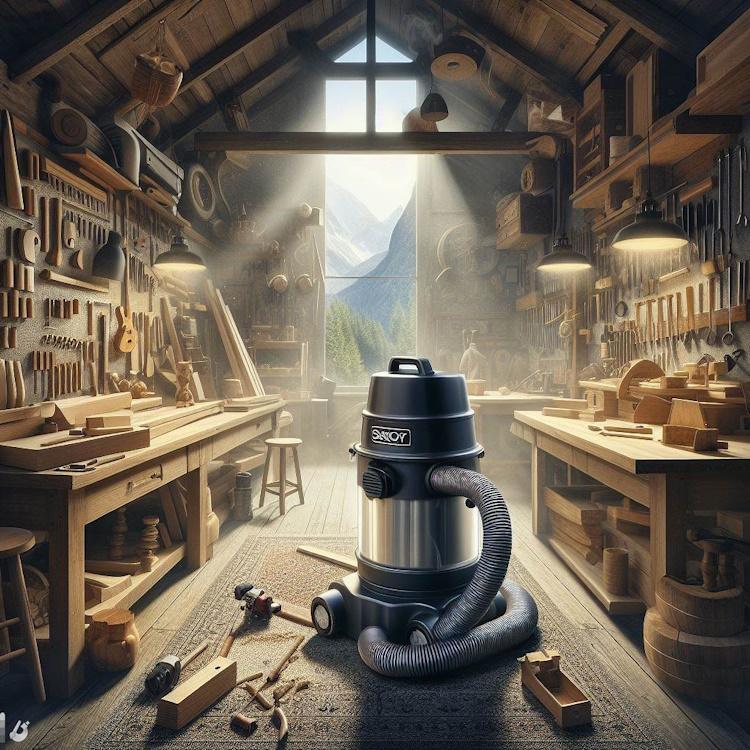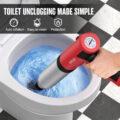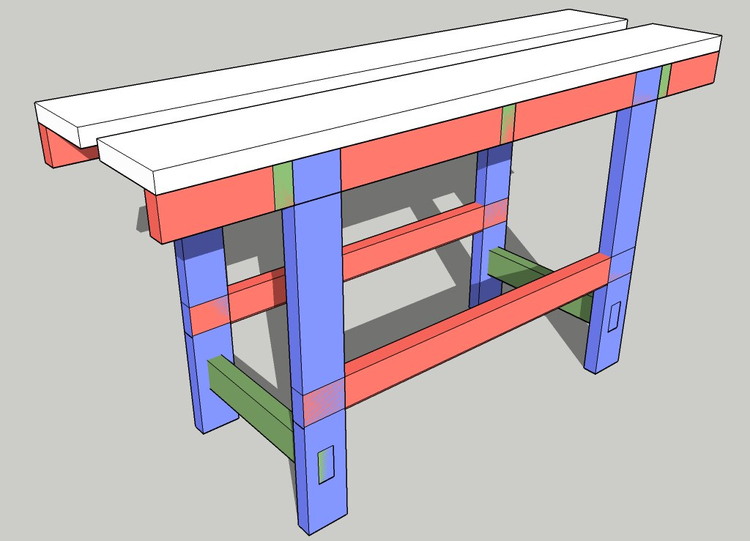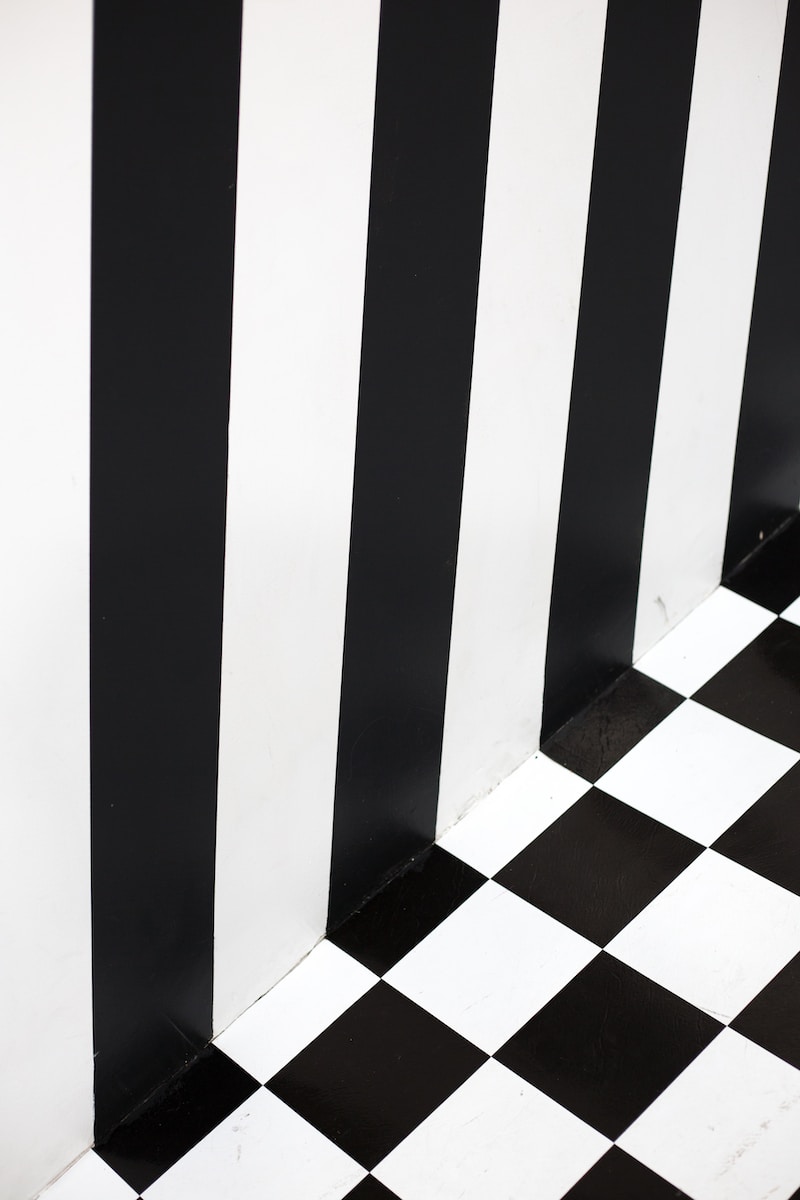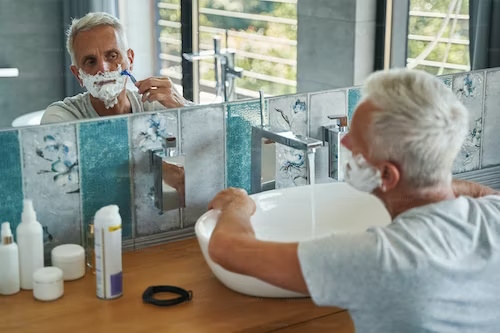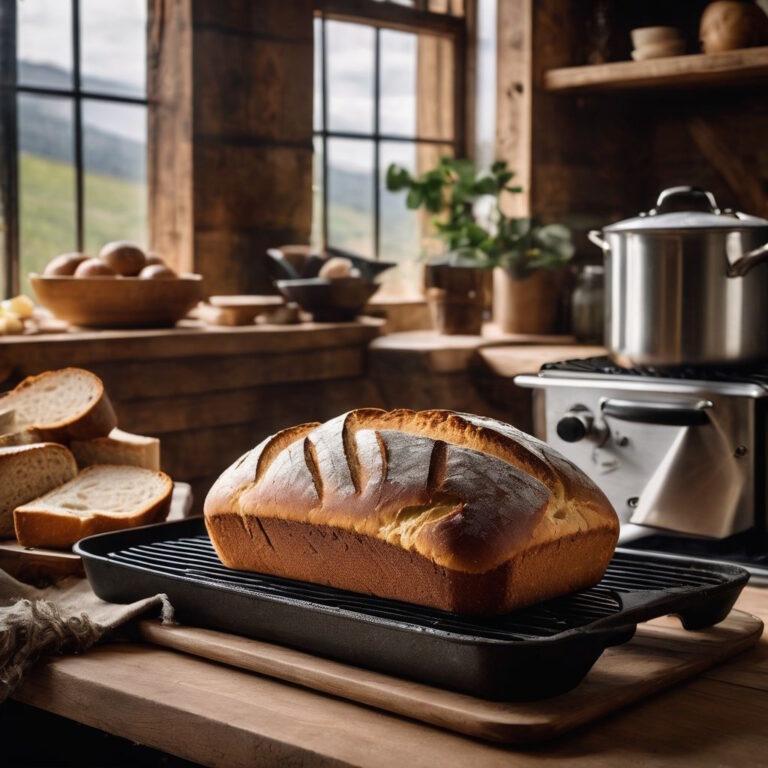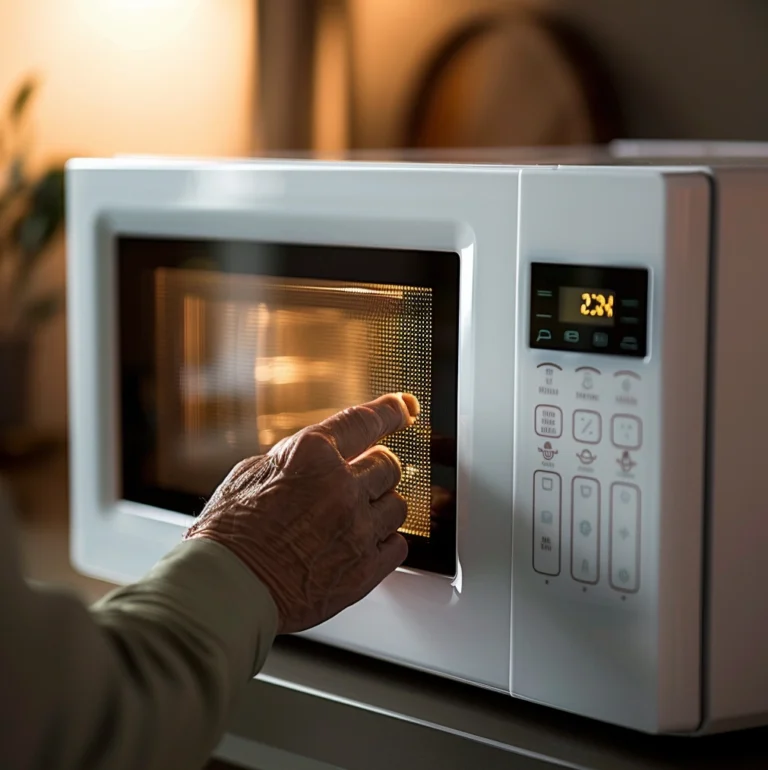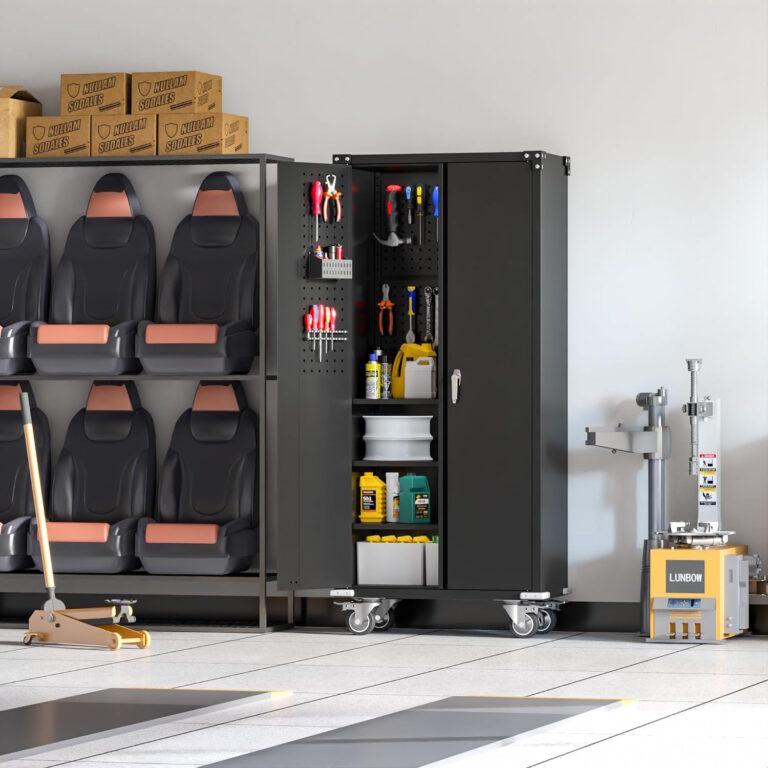The Ultimate DIY Solution for Unclogging Your Bathroom Sink
Unclogging Your Bathroom Sink with Vinegar and Baking Soda
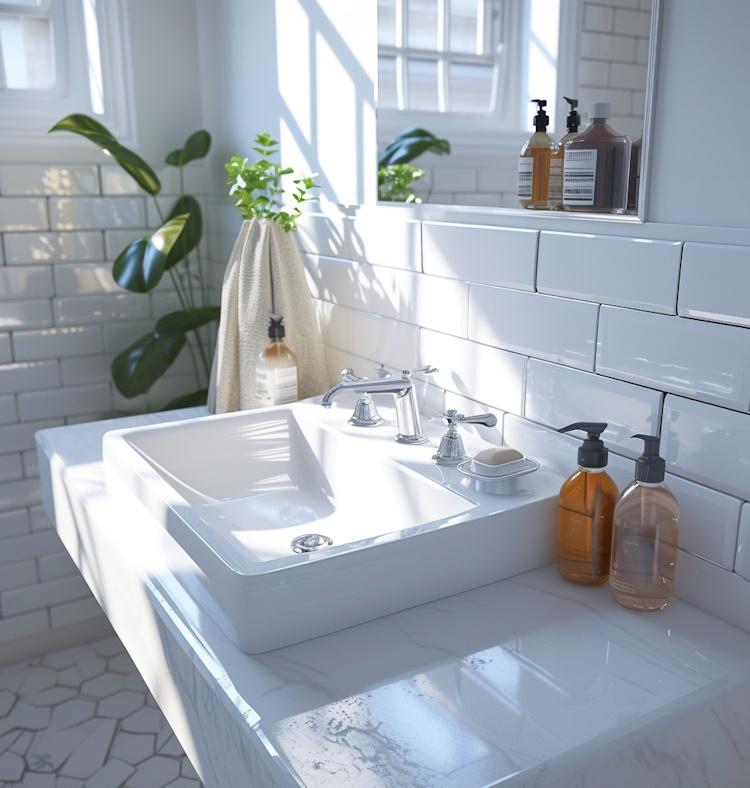
Start by pouring boiling water down the drain, followed by a mixture of baking soda and water or vinegar.
Is your bathroom sink taking longer to drain than it should? You’re not alone – clogged drains are a common household headache. Luckily, our guide on using vinegar and baking soda will show you an easy, eco-friendly fix for this pesky issue.
Keep reading and let’s get that water flowing smoothly again!
Key Takeaways
- Use vinegar and baking soda to unclog bathroom sinks naturally without harsh chemicals.
- Clean the stopper regularly and use a hair catcher to prevent future clogs.
- Avoid pouring grease, oil, or any foreign objects down the drain that can cause build-up and blockages.
- For stubborn clogs, try using a plunger, or wet-dry vacuum, or call a plumber for professional help.
- Boil water to loosen soap scum before using natural remedies like baking soda and vinegar.
Common Causes of Bathroom Sink Clogs and How to Prevent Them
Hair and soap buildup can lead to slow draining and clogs in bathroom sinks, while grease and oil buildup can constrict the flow of water. Additionally, foreign objects such as toothpaste caps or jewelry can also block the drain.
Dealing with Hair and Soap Buildup in Your Bathroom Sink
Soap and hair are common enemies of bathroom sinks. They stick together and block water from flowing freely. Over time, these clumps get stuck in the drain. As more hair and soap collect, the clog gets worse.
To tackle this problem, you can turn to household items like baking soda and vinegar. This DIY mix breaks down the gunk without harsh chemicals. After using it, your sink should drain smoothly again.
Now, let’s look at how grease and oil can also cause trouble in your sink.
Preventing Grease and Oil Buildup in Your Bathroom Sink
 When it comes to causes of bathroom sink clogs, grease and oil buildup can be major culprits. These substances can solidify over time, leading to blockages in the drain. Household cleaning tips often recommend avoiding pouring grease and oil down the drain to prevent such issues.
When it comes to causes of bathroom sink clogs, grease and oil buildup can be major culprits. These substances can solidify over time, leading to blockages in the drain. Household cleaning tips often recommend avoiding pouring grease and oil down the drain to prevent such issues.
Using chemical-free drain maintenance approaches like using baking soda and vinegar is important for eco-friendly solutions. When maintaining your kitchen sink, being mindful not to pour greasy or oily substances down the drain can help prevent future clogs that could lead to costly repairs.
Foreign objects
Foreign objects, such as hairpins and small toys, can easily get lodged in the bathroom sink drain, causing blockages. These items can accumulate over time and contribute to clogs in the plumbing system.
It’s important to be mindful of what goes down the drain to prevent foreign objects from causing obstructions and potential damage. Regular maintenance and using a hair catcher can help avoid these issues, keeping your bathroom sink clear of foreign object-related clogs.
If overlooked, foreign objects like jewelry or cotton swabs can lead to persistent clogs that may require professional intervention if home remedies are ineffective. Using preventive measures like avoiding flushing small items down the drain is essential for maintaining a smoothly flowing bathroom sink.
Safe and Eco-friendly Alternatives to Chemical Drain Cleaners
When faced with a clogged bathroom sink, there are several DIY methods you can try before calling a professional. From using boiling water to unclog the drain to employing a plunger or wet-dry vacuum, these methods can help effectively clear the blockage.
Boiling water
To start the unclogging process, pour boiling water down the bathroom sink drain to help loosen and dissolve any greasy or soapy buildup. This will make it easier for subsequent methods to work effectively.
- Boiling water helps to melt away grease and soap residue that can cause clogs in the drain.
- The heat from boiling water can also dislodge debris and push it further down the pipes.
- Additionally, pouring boiling water down the drain serves as a simple and eco-friendly initial step in removing minor clogs.
- This method is especially effective for addressing partially – blocked drains before moving on to other DIY unclogging techniques.
- Using boiling water is a safe and chemical-free approach that can be regularly employed as part of home maintenance to prevent severe buildups in bathroom sinks.
Baking soda and vinegar
To continue natural drain unclogging, using baking soda and vinegar is another effective method. Here are the steps to unclog your bathroom sink with this eco-friendly solution:
- Remove the sink stopper and clean it thoroughly to ensure unobstructed access to the drain.
- Pour about 1/2 cup of baking soda directly into the drain, allowing it to settle and coat the sides.
- Next, pour 1/2 cup of white vinegar down the drain over the baking soda.
- Cover the drain immediately after pouring in the vinegar and baking soda mixture to trap the fizzing action inside.
- Let the solution sit for about 15 minutes to work its magic on breaking down and flushing away clogs naturally.
- Finally, flush the drain with hot water to wash away any remaining debris and residue, leaving your sink clear and flowing smoothly.
Plunger
When using a plunger to unclog your bathroom sink, ensure it has a good seal around the drain.
- Position the plunger over the drain and push down firmly.
- Create a strong suction by rapidly pulling up on the plunger.
- Repeat this plunging motion several times to dislodge the clog.
- After plunging, run hot water down the drain to flush out any remaining debris.
Wet-dry vacuum
Use a wet-dry vacuum to remove stubborn clogs in your bathroom sink.
- Plug the wet-dry vacuum into an outlet near the sink.
- Set the vacuum to liquid suction mode if applicable.
- Position the nozzle over the drain opening and create a tight seal.
- Turn on the vacuum and let it run for a few minutes to suck out any debris causing the clog.
- Repeat as needed until the drain runs clear.
- Empty the vacuum canister and clean the filter after use to maintain its effectiveness.
Drain snake
A drain snake is a flexible auger used to dislodge clogs in pipes.
- It can reach deep into the pipe to break up and remove blockages.
- The claw-like or spiral head of the drain snake grabs onto debris within the pipe, allowing you to pull it out.
- Using a drain snake requires inserting it into the drain and turning the handle to navigate it through the pipes.
- This tool is effective for removing hair, soap scum, and other debris that may be causing the clog.
- A standard household drain snake is typically around 25 feet long, providing enough length to reach most clogs.
Steps for Unclogging a Bathroom Sink with Vinegar and Baking Soda
To unclog your bathroom sink with vinegar and baking soda, start by removing the stopper and cleaning it. Then, pour baking soda into the drain, followed by vinegar. After waiting 15 minutes, flush the drain with hot water to clear any remaining debris.
Remove stopper and clean it
To unclog your bathroom sink effectively, follow these steps to remove and clean the stopper:
- Use a pair of pliers to unscrew the pivot rod holding the stopper in place.
- Once the pivot rod is removed, lift out the stopper from the drain.
- Clean the stopper thoroughly by removing any hair, soap scum, or debris trapped in it.
- Use a brush or old toothbrush to scrub away any buildup on the stopper.
- Rinse the stopper with hot water to ensure it is completely clear of any clogging materials.
- Reassemble and reinsert the stopper back into the drain by reversing the removal process.
Pour baking soda into the drain
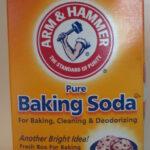 After removing and cleaning the stopper, the next step is to pour baking soda into the drain. This natural and non-toxic ingredient helps to break down organic matter and absorb odors in the sink. The use of baking soda is a safe and eco-friendly way to gently scrub away any residual debris, keeping your bathroom sink clean and fresh. This method provides an effective solution for unclogging the drain without resorting to harsh chemical products that can harm the environment. Additionally, it saves you money by using common household items instead of expensive commercial cleaners. Here’s how to do it:
After removing and cleaning the stopper, the next step is to pour baking soda into the drain. This natural and non-toxic ingredient helps to break down organic matter and absorb odors in the sink. The use of baking soda is a safe and eco-friendly way to gently scrub away any residual debris, keeping your bathroom sink clean and fresh. This method provides an effective solution for unclogging the drain without resorting to harsh chemical products that can harm the environment. Additionally, it saves you money by using common household items instead of expensive commercial cleaners. Here’s how to do it:
- Measure out about 1/4 cup of baking soda.
- Pour it directly into the drain.
- Ensure that most of the baking soda goes down the drain rather than sticking to the sides.
- Let it sit for a few minutes to allow it to work its magic.
- Baking soda can help eliminate unpleasant odors as well as loosen blockages in the plumbing system.
Pour vinegar over the baking soda
After pouring the baking soda into the drain, the next step is to add vinegar to create a fizzy reaction that helps break down the blockage. Here’s how to effectively pour vinegar over the baking soda:
- Slowly pour 1/4 cup of white vinegar over the baking soda in the drain.
- Observe as the mixture fizzes and bubbles, indicating that it’s actively working to dissolve the clog.
- Cover the drain opening with a cloth or stopper to contain the fizzing action and direct it downward.
- Let the solution sit for about 15 minutes to allow it enough time to work on breaking down the clog.
- After 15 minutes, remove the cover and flush hot water down the drain to wash away any remaining residue and clear out the clog.
Wait 15 minutes
After pouring vinegar over the baking soda, allow the mixture to sit and fizz for 15 minutes. This gives the solution time to break down the clog and clear the drain. During this time, refrain from running any water in the sink. Here’s what happens during these 15 minutes:
- The chemical reaction between the baking soda and vinegar creates foam that helps dislodge the clog.
- The foaming action works to penetrate and dissolve hair, soap scum, and other debris that may be causing blockage.
- As the solution sits, it effectively neutralizes odors in the drain.
- The vinegar’s acidic properties work to break down any mineral deposits or grime within the pipes.
- The fizzing action helps to agitate and dislodge any stubborn clogs within the pipe.
Flush with hot water
- After waiting for 15 minutes, remove the stopper from the sink drain
- Turn on the hot water tap and let it run until it reaches a high temperature
- Carefully pour the hot water down the drain to flush away the baking soda and vinegar mixture
- The hot water helps to dissolve any remaining debris and ensures that the drain is thoroughly cleared
- Repeat this process if necessary, ensuring to fully flush out any remaining residue
Preventing Future Clogs in Your Bathroom Sink
To prevent future clogs in your bathroom sink, regularly clean the stopper and use a hair catcher to trap hair and soap scum. Avoid pouring grease and oil down the drain, be mindful of foreign objects, and consider calling a plumber for persistent clogs.
Regular maintenance
Maintain your bathroom sink by regularly cleaning the stopper and removing any hair or debris. Using a hair catcher can prevent clogs and ensure smooth drainage. Avoid pouring grease, oil, or foreign objects down the drain to maintain a healthy flow.
Regular maintenance keeps your bathroom sink free from clogs and reduces the need for harsh chemical cleaners.
By frequently maintaining your bathroom sink, you’ll prevent future clogs and maintain a smoothly running drain system in an eco-friendly way.
Use a hair catcher
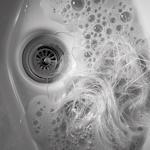 To prevent hair and debris from clogging your bathroom sink, use a hair catcher. Hair catchers are affordable and easy to install, helping to trap hair and other particles before they enter the drain.
To prevent hair and debris from clogging your bathroom sink, use a hair catcher. Hair catchers are affordable and easy to install, helping to trap hair and other particles before they enter the drain.
This simple tool can significantly reduce the amount of buildup in your pipes, preventing the need for frequent unclogging. By using a hair catcher regularly, you can maintain a clean and free-flowing bathroom sink without resorting to harsh chemicals or complicated DIY methods.
After implementing these measures for unclogging your bathroom sink with vinegar and baking soda, it’s essential to learn about proactive strategies that help prevent future clogs.
Avoid pouring grease and oil down the drain
Grease and oil can solidify in your pipes, causing stubborn clogs. Dish soap and hot water can help break down grease before it hardens. To avoid clogs, wipe greasy pans with a paper towel before washing them.
Be cautious of cooking oils as they can solidify in the drain.
Remember to dispose of grease and oil properly by pouring them into a container for later disposal instead of down the drain or toilet. This simple habit can prevent costly plumbing issues, protect the environment, and keep your drains running smoothly without resorting to harsh chemicals or expensive professional help.
Be mindful of foreign objects
To avoid clogging your bathroom sink, it’s important to be mindful of foreign objects. Foreign objects such as hairpins, jewelry, and cotton swabs can easily get lodged in the drain, causing blockages.
Always use a drain cover or strainer to catch these items before they go down the sink. Regularly check for and remove any foreign objects that may have accidentally fallen into the drain to prevent potential clogs from occurring.
When using the bathroom sink, ensure that foreign objects like dental floss or small toys are disposed of properly rather than being washed down the drain. This simple practice can significantly reduce the risk of clogs and keep your bathroom sink flowing smoothly.
When to Call a Plumber for Your Clogged Bathroom Sink
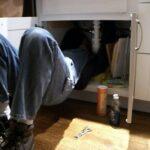 Persistent clogs? Call a professional plumber for expert assistance. Commercial drain cleaners or DIY methods may not always solve stubborn blockages. Plumbing experts have specialized tools and knowledge to tackle difficult clogs effectively, ensuring your bathroom sink drains smoothly.
Persistent clogs? Call a professional plumber for expert assistance. Commercial drain cleaners or DIY methods may not always solve stubborn blockages. Plumbing experts have specialized tools and knowledge to tackle difficult clogs effectively, ensuring your bathroom sink drains smoothly.
If persistent clogs continue despite DIY efforts, it’s time to seek professional help. A skilled plumber can assess the situation and implement advanced techniques to eliminate tough blockages, restoring the proper function of your bathroom sink.
Don’t hesitate to reach out for professional assistance when facing recurrent drainage issues.
How To Remove Hair From Your Tub Drain (wherecanibuythat.us)
Conclusion
In conclusion, unclogging your bathroom sink using vinegar and baking soda is a natural and effective DIY method. By following simple steps such as pouring the mixture down the drain and flushing it with hot water, you can easily remove clogs without harmful chemicals.
Regular maintenance and mindful usage can help prevent future clogs in your sink. Embracing this eco-friendly approach ensures a clean and well-maintained bathroom sink for you to enjoy hassle-free.
DIY Dryer Vent Cleaner SOS: Save Money, Clean Better! (wherecanibuythat.us)
FAQs
1. Can I use vinegar and baking soda to unclog my bathroom sink?
Yes, you can mix vinegar and baking soda as a natural, eco-friendly way to clear blocked drains in your bathroom.
2. Is this DIY plumbing method safe for kitchen sink maintenance too?
Absolutely! You can use the same mixture of baking soda and vinegar for both bathroom sink maintenance and kitchen sink upkeep.
3. How does this chemical-free drain cleaning work on clogs?
When you pour baking soda followed by vinegar down the drain, it creates a fizzy reaction that helps break up the clog without harming your pipes.
4. Are there other household remedies for clogged drains besides vinegar and baking soda?
Yes, there are other home remedies like hot water flushes or using a plunger that can help with drain cleaning in an environmentally friendly way.
5. Do I need special tools for this DIY guide to unclogging with natural solutions?
No special tools are required! Just some common household items like baking soda, vinegar, and maybe a plunger can get your drainage system working again.

